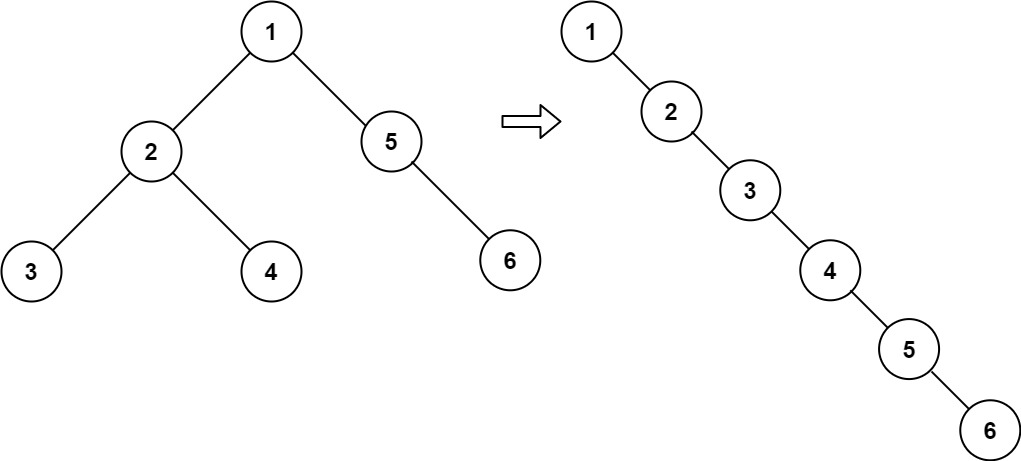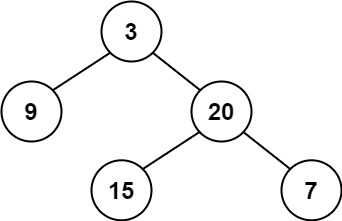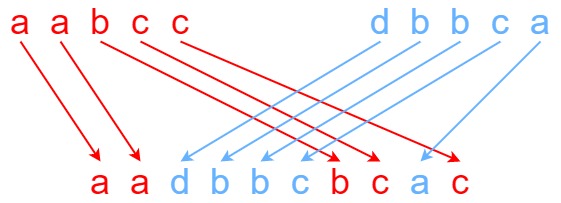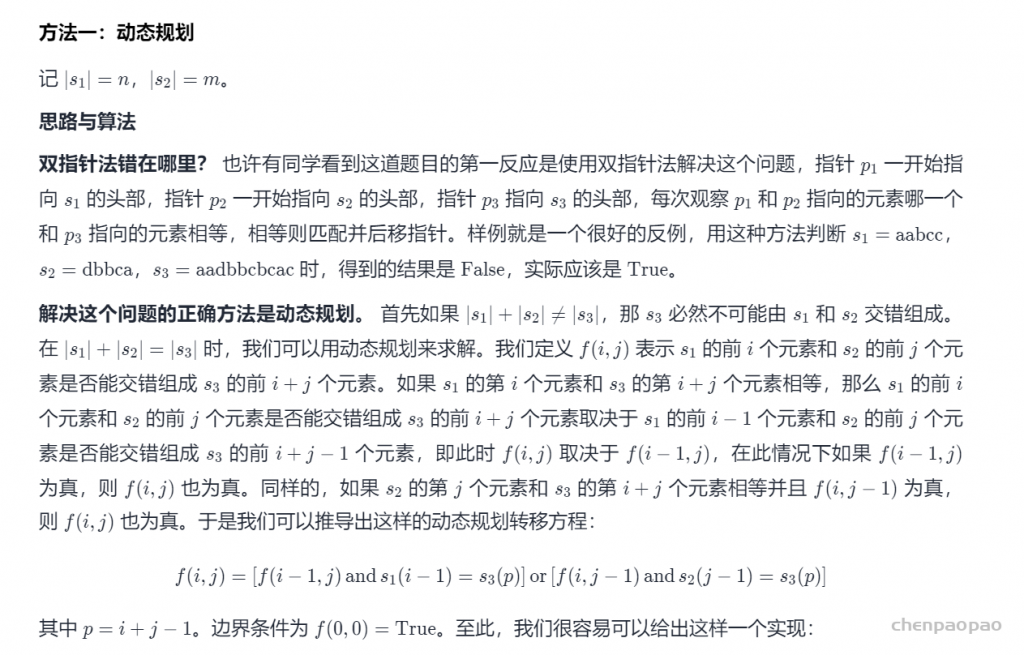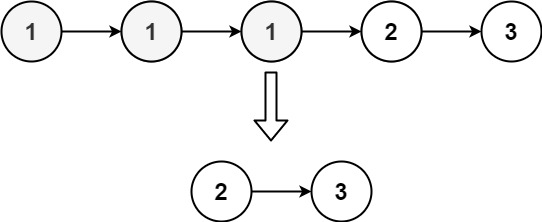给你二叉搜索树的根节点 root ,该树中的 恰好 两个节点的值被错误地交换。请在不改变其结构的情况下,恢复这棵树 。
示例 1:

输入:root = [1,3,null,null,2]
输出:[3,1,null,null,2]
解释:3 不能是 1 的左孩子,因为 3 > 1 。交换 1 和 3 使二叉搜索树有效。示例 2:
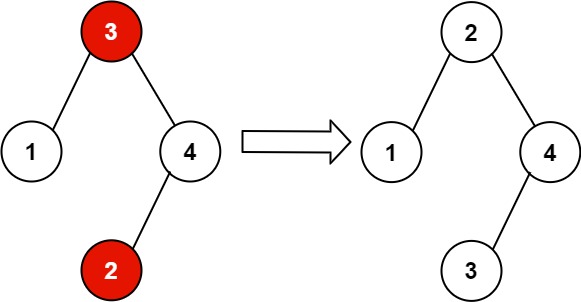
输入:root = [3,1,4,null,null,2]
输出:[2,1,4,null,null,3]
解释:2 不能在 3 的右子树中,因为 2 < 3 。交换 2 和 3 使二叉搜索树有效。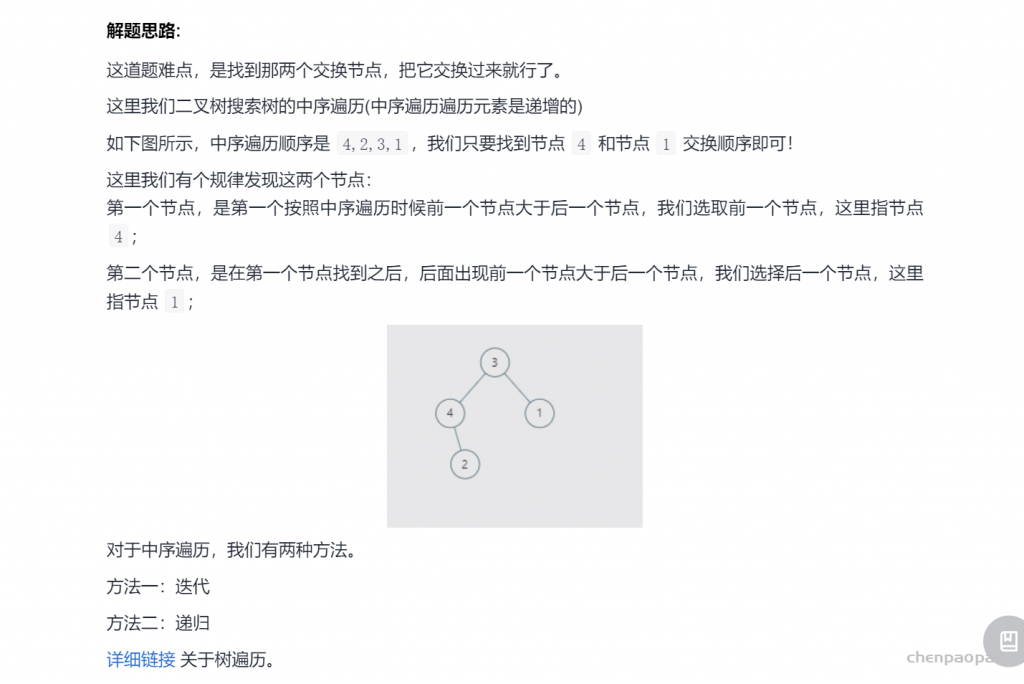
# @lc app=leetcode.cn id=99 lang=python3
#
# [99] 恢复二叉搜索树
#
# @lc code=start
# Definition for a binary tree node.
# class TreeNode:
# def __init__(self, val=0, left=None, right=None):
# self.val = val
# self.left = left
# self.right = right
class Solution:
def recoverTree(self, root: Optional[TreeNode]) -> None:
"""
Do not return anything, modify root in-place instead.
"""
firstNode = None
secondNode = None
pre = TreeNode(float("-inf"))
stack = []
p = root
while p or stack:
while p:
stack.append(p)
p = p.left
p = stack.pop()
if not firstNode and pre.val > p.val:
firstNode = pre
if firstNode and pre.val > p.val:
#print(firstNode.val,pre.val, p.val)
secondNode = p
pre = p
p = p.right
firstNode.val, secondNode.val = secondNode.val, firstNode.val
# @lc code=end






